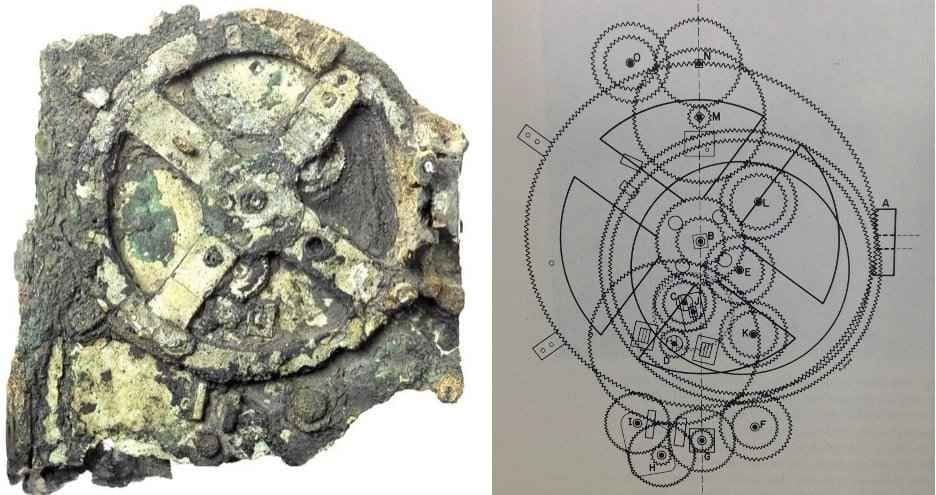In the world of ancient artifacts, one discovery stands out as a testament to the advanced knowledge and ingenuity of our predecessors – the Antikythera Mechanism. This remarkable device, often referred to as the “world’s first computer,” has left historians and archaeologists awe-struck with its intricate design and the mysteries it holds. Let’s embark on a journey to unravel the secrets of this ancient marvel.
Introduction to the Antikythera Mechanism
The Antikythera Mechanism is an ancient mechanical device believed to date back to the 2nd century BCE. It was discovered in 1901 off the coast of the Greek island of Antikythera, in a shipwreck. This remarkable artifact has astounded experts due to its level of sophistication, especially considering its age.
Discovery and Historical Significance
The discovery of the Antikythera Mechanism was a watershed moment in the history of archaeology. The device was found in the wreckage of a Roman cargo ship, submerged for over two millennia. This find was instrumental in providing insight into the technology and knowledge of the ancient world.
The Enigma of Its Origin
The origins of the Antikythera Mechanism remain a mystery. While it is believed to be of Greek origin, the exact location of its creation and the names of its creators remain elusive. Unraveling this mystery is akin to deciphering an ancient code.
The Antikythera Mechanism’s Complexity
The Antikythera Mechanism is an intricate arrangement of gears and dials. This complexity far surpasses what one would expect from an object of its time. It raises questions about the level of technological advancement in ancient Greece.
Function and Purpose
The primary purpose of the Antikythera Mechanism was to track celestial movements. It was a sophisticated astronomical calendar, which suggests that ancient astronomers used it to predict celestial events.
Also check: Unlocking the Mystery – The Nazca Lines Unveiled
Scientific Significance
The Antikythera Mechanism is a testament to the scientific and engineering knowledge of the ancient Greeks. Its discovery has provided valuable insights into their understanding of astronomy, mathematics, and mechanics.
Mechanism’s Connection to Ancient Astronomy
The device’s intricate system of gears and dials allowed for precise predictions of solar and lunar eclipses and the positions of planets. It highlights the deep connection between ancient astronomy and technology.
The Lost Knowledge of Ancient Greece
The Antikythera Mechanism hints at a level of scientific understanding that was seemingly lost or suppressed during the course of history. It sparks curiosity about what else might have existed in the ancient world that we are yet to discover.
Restoration and Conservation Efforts
Preserving this invaluable artifact is crucial, and extensive restoration and conservation work has been undertaken to ensure its longevity and accessibility for future generations of scholars and enthusiasts.
Modern Interpretations and Replicas
Contemporary scholars and engineers have attempted to recreate the Antikythera Mechanism, shedding light on the skills and knowledge required for its construction.
Impact on Modern Technology
The Antikythera Mechanism’s influence extends to modern technology. Its mechanisms have inspired the design of various instruments and devices, including analog computers and precision machinery.
Unanswered Questions
Despite years of study, numerous questions about the Antikythera Mechanism remain unanswered. The device continues to puzzle and intrigue scholars, offering new challenges to be explored.
The Antikythera Mechanism in Popular Culture
This ancient artifact has captured the imagination of writers, filmmakers, and artists. It has appeared in various forms in popular culture, becoming a symbol of ancient wisdom and mystery.






Leave a Reply